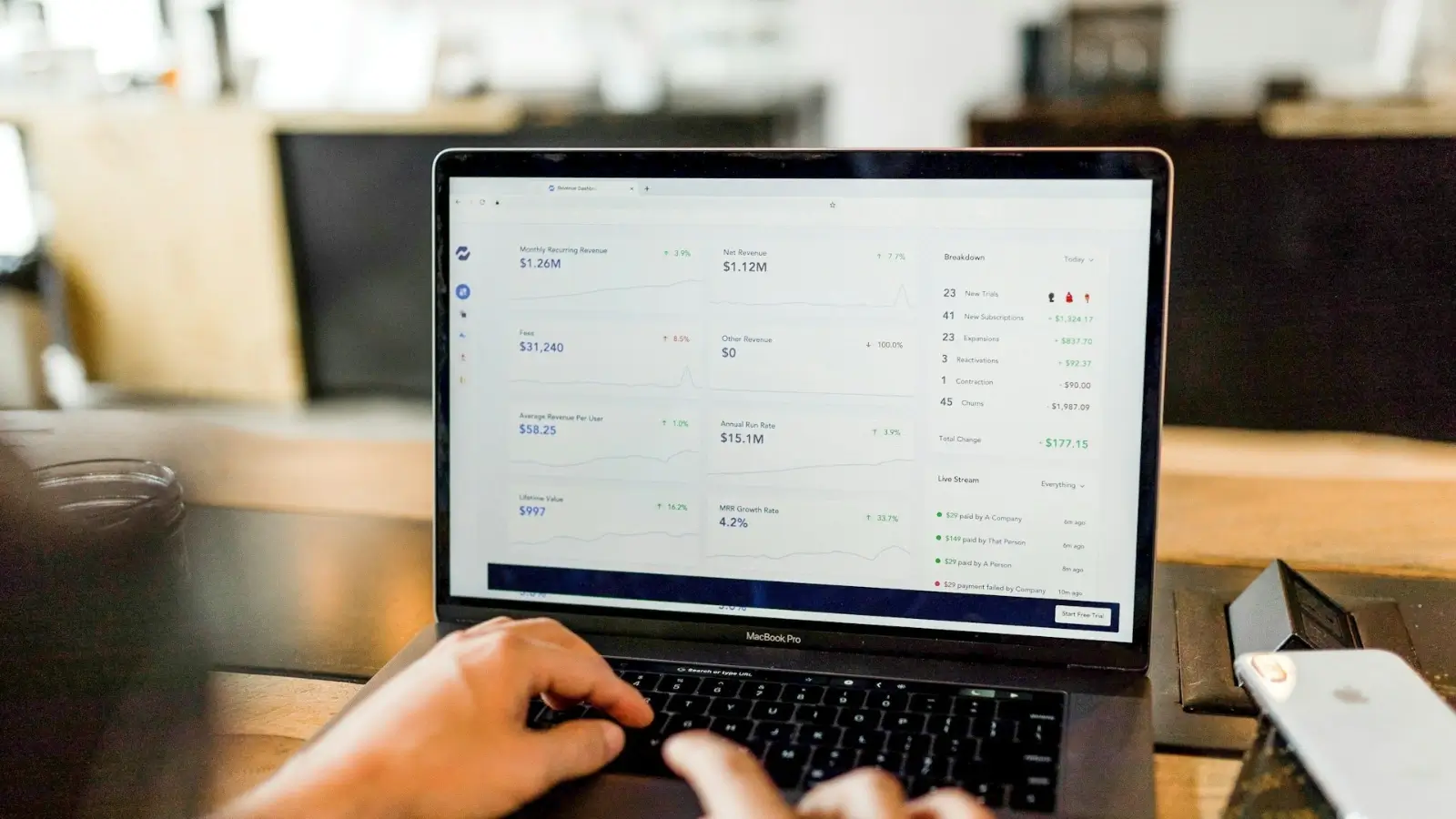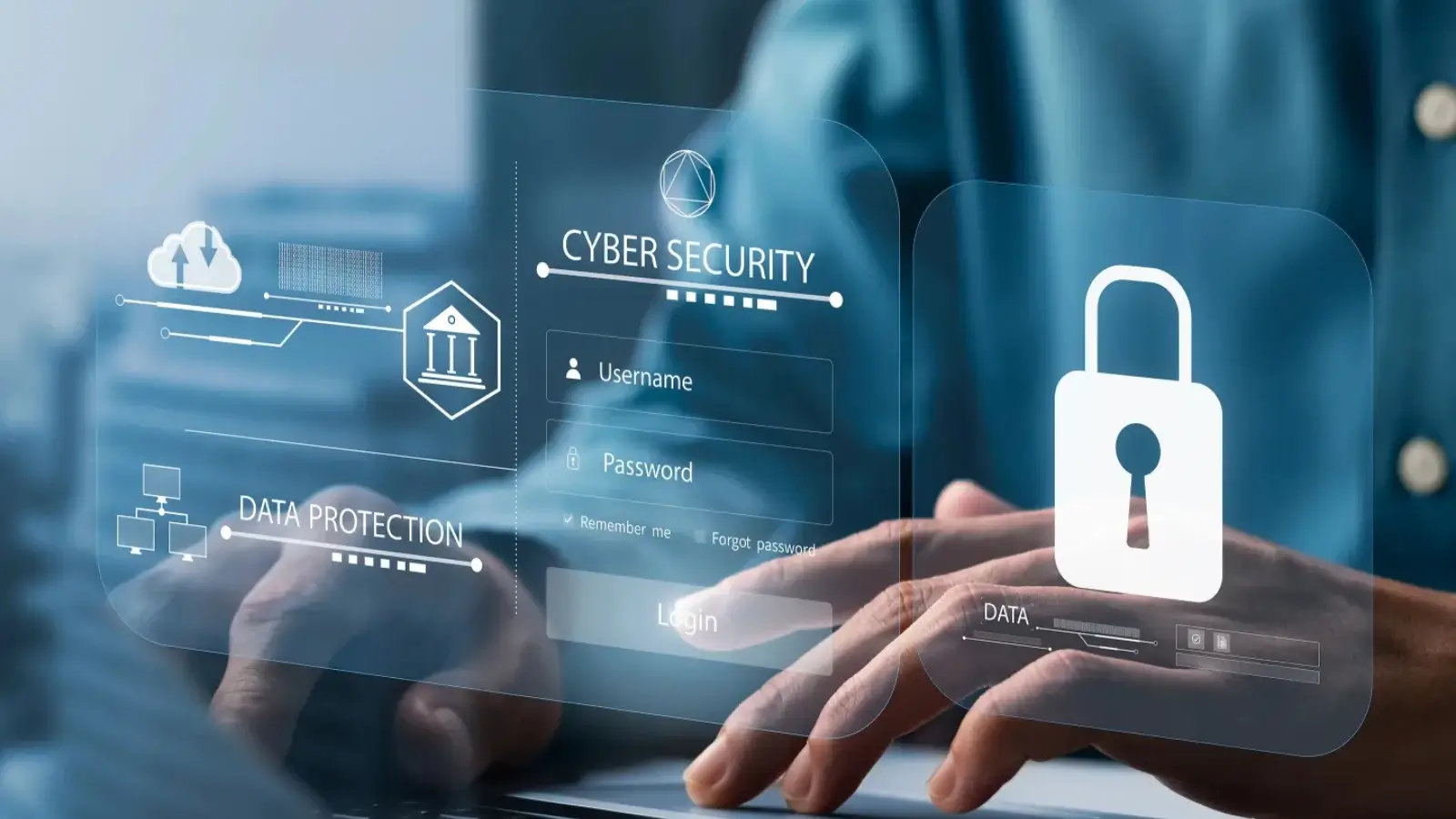


Cyber attackers can compromise your business in minutes, not days. In today's rapidly evolving threat landscape, real-time monitoring has transformed from a security enhancement into a business necessity. Organizations that detect and respond to threats quickly avoid catastrophic breaches, while those relying on outdated methods remain vulnerable.
Implementing continuous network visibility shifts your security posture from reactive damage control to proactive threat hunting—a critical evolution for businesses seeking both protection and competitive advantage.
Your business confronts approximately 600 million cyber attacks daily. This unprecedented volume overwhelms conventional security methods that rely on periodic scans and manual interventions. The importance of MDR solutions (Managed Detection and Response) becomes evident as organizations seek security frameworks that provide continuous monitoring combined with expert-driven threat-hunting and incident response capabilities.
The financial stakes continue rising:
Data breaches now cost $4.88 million on average (10% increase from 2023) - Global cybercrime costs will reach $$4.88 million on average (10% increase from 2023) - Global cybercrime costs will reach $10.5 trillion annually by 2025
54 victims fall prey to attacks every second worldwide
Modern adversaries have evolved beyond simple technical exploits. They deploy sophisticated social engineering tactics and malware-free attacks designed to bypass conventional defenses. These advanced techniques require equally sophisticated detection capabilities.
Your security strategy must integrate proactive defense mechanisms with automated response capabilities that match attackers' speed and adaptability.
Comprehensive monitoring systems provide visibility across increasingly complex attack surfaces. Your security architecture requires several critical components:
Complete Coverage Implementation:
Network perimeter monitoring with advanced packet inspection
Endpoint detection and response (EDR) on all devices
Cloud environment security monitoring for hybrid infrastructures
User and entity behavior analytics (UEBA)
Modern security information and event management (SIEM) platforms collect and analyze security events across your entire digital estate, transforming raw data into actionable security insights.
For maximum protection, incorporate threat intelligence feeds that automatically update your defenses with the latest adversary techniques. This integration helps security teams stay ahead of evolving attack methods without constant manual research. When internal resources are stretched or a more tailored approach is needed, bringing in an experienced IT consulting firm in St. Louis can support system strengthening efforts by providing structured assessments, advanced tooling recommendations, and guidance tailored to evolving attack surfaces.
Threat monitoring provides essential visibility, but implementing proactive security measures marks the critical shift from detection to prevention.
Organizations recognize this strategic imperative:
70% of companies increased proactive security investments last year
EMEA region leads the adoption of preventative security approaches
Financial services and critical infrastructure sectors report the highest ROI from proactive defense
Focus your proactive strategy on:
Attack Surface Reduction:
Continuous discovery of unmanaged assets
Regular elimination of unnecessary services
Strict access controls using zero-trust principles
Accelerated Vulnerability Management:
Risk-based remediation prioritizing high-severity vulnerabilities
Automated patching workflows for critical systems
Real-time identification of misconfigurations
Many organizations still conduct security posture assessments only monthly, leaving extended vulnerability windows. Your competitive advantage comes from implementing continuous monitoring that identifies and addresses weaknesses before attackers exploit them.
Artificial intelligence has fundamentally transformed threat detection capabilities, enabling security teams to identify threats before breaches occur.
AI-powered security systems offer distinct advantages:
Pattern Recognition Excellence:
Analysis of network traffic patterns reveals anomalies invisible to traditional tools
Behavioral analytics identify suspicious user activities that bypass conventional rules
Continuous learning improves detection accuracy with each incident
Operational Efficiency:
Automatic classification of threats by severity and confidence level
Reduction in false positives through contextual analysis
Streamlined alert management focusing analyst attention on genuine threats
Predictive Capabilities:
Identification of potential vulnerabilities before exploitation
Recognition of attack patterns in early stages
Adaptive defenses that respond to emerging threat tactics
The evolution from signature-based approaches to AI-powered solutions dramatically improves security for organizations facing sophisticated threats. By implementing these technologies, your security team can focus on strategic initiatives while maintaining robust protection.
Quantifying the return on security investments requires looking beyond simple breach prevention metrics to comprehensive business value.
Tangible Financial Benefits:
30-50% operational cost savings through remote monitoring platforms
25% reduction in security tool ownership costs for manufacturing firms
45% faster incident response times in financial institutions
Operational Improvements:
80% increase in employee security compliance in retail environments
Measurable reduction in mean time to detect (MTTD) critical threats
Enhanced visibility into security posture across distributed environments
The most compelling ROI emerges when combining quantitative metrics with strategic advantages. Modern security monitoring transforms from a cost center to a business enabler by reducing third-party risk, strengthening customer trust, and maintaining operational continuity despite evolving threats.
Implementing real-time threat monitoring requires a structured approach:
Assess your current security visibility gaps across network, cloud, and endpoints
Prioritize monitoring implementation based on business-critical assets
Evaluate AI-powered security tools appropriate for your environment
Develop automated response playbooks for common threat scenarios
Establish security metrics that demonstrate business value
Start with high-impact, lower-complexity improvements like implementing endpoint detection and response solutions. Then progress toward more sophisticated integrations that provide comprehensive visibility.
Remember that effective threat monitoring isn't just about technology—it requires alignment between security operations, business objectives, and risk management priorities.
By building comprehensive real-time monitoring capabilities, you create a security foundation that protects your business while enabling confident growth in an increasingly hostile digital landscape.